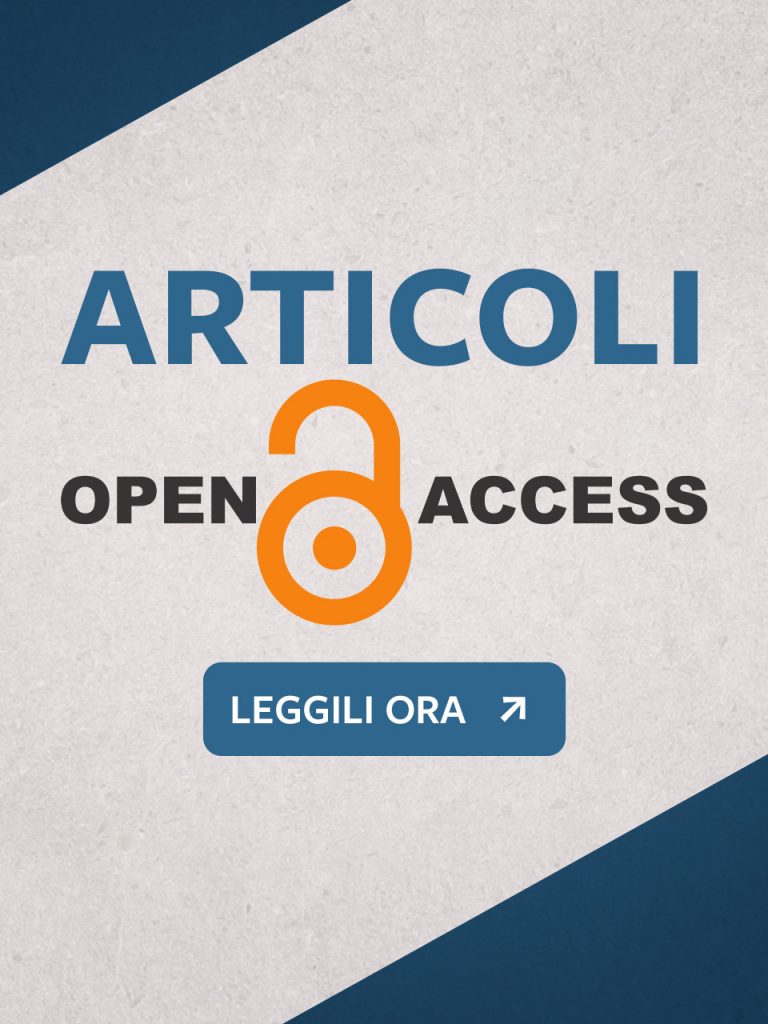Tic disorders: A clinical case
Vittorio Sacchi
Originally the etiopathogenesis of Tic disorders was attributed to a psychogenetic origin ascribable
to the parent/child relationship, with the mother in particular. A tic is an idiosyncratic and habitual
feature of a person’s behaviour; these involuntary movements up to now remain of unknown origin. The
neurological explanation and literature support a malfunction in paralimbic circuits. Our specific study
describes the treatment of a man who was put forward for Cognitive Behavioural Therapy as a result of
a clinical and neurological assessment. The first part of the treatment focuses on the primary role of
dysfunctional thoughts, a perfectionism attitude and responsibility. The treatment involved exposition
therapy with mass practice exercises and the use of a relaxation technique for muscle tension and
emotional activation. The study of this case demonstrates the efficacy of Cognitive Behavioural Therapy
in reducing the frequency of symptoms.
Keywords
Tic disorders, Perfectionism, Impulsivity, Emotional activation, Treatment.

